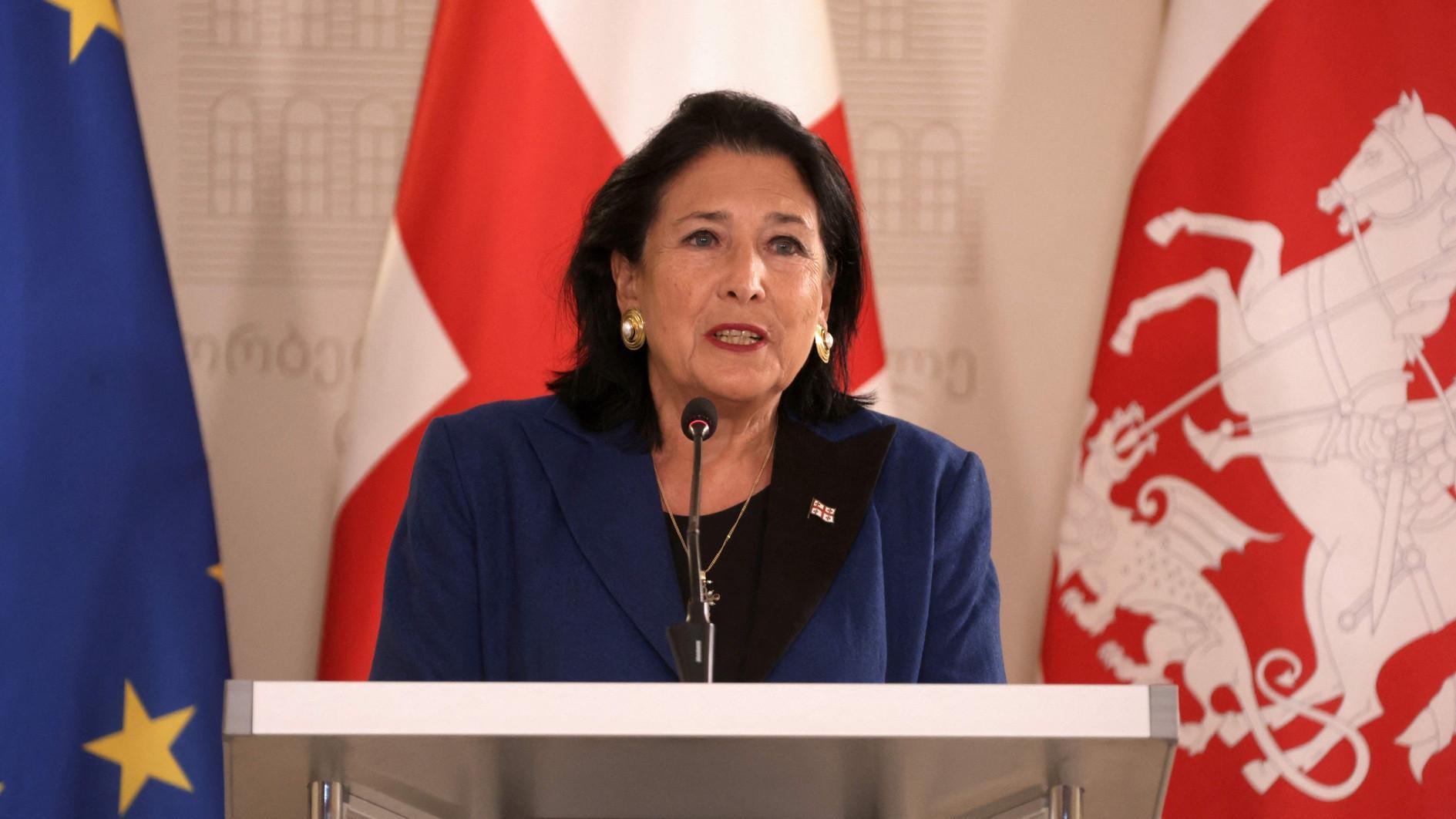Naked defiance
Nazlan Ertan - PARIS
 The weather is freezing but who cares? The women of Paris stride in down-coats or luxurious furs out through the sales; long lines wait before the top two exhibitions, “The Images of Prostitution” at the Musée d’Orsay and Picassomania in Grand Palais. Paris, despite the heavy wounds inflicted in 2015, first in the Jan. 6 Charlie Hebdo attack, then in the Nov. 13 attack that killed 130 people, still keeps her head up. Fluctuat nec mergitur/Hit but not sunk. Feast along with fear.
The weather is freezing but who cares? The women of Paris stride in down-coats or luxurious furs out through the sales; long lines wait before the top two exhibitions, “The Images of Prostitution” at the Musée d’Orsay and Picassomania in Grand Palais. Paris, despite the heavy wounds inflicted in 2015, first in the Jan. 6 Charlie Hebdo attack, then in the Nov. 13 attack that killed 130 people, still keeps her head up. Fluctuat nec mergitur/Hit but not sunk. Feast along with fear.The League of Human Rights has already appealed to the Council of State to end the state of emergency in Paris that was put in place after the November attacks. A lawyer for the league said on Jan. 19 that the state of emergency was seen as a short-term measure when it was first launched: “If it needs to continue, then it may need to be more relaxed on certain issues, such as the right to public meetings,” he asserted. Some 69 percent of the French, however, favor the continuation of the state of emergency to protect the citizens against terrorism, according to a survey by YouGov for the Huffington Post.
Feast and fear
But neither the measures nor the military in commando uniforms near the Louvre Museum and other touristic spots seem to have deterred the tourists or the natives. The best word to describe the mood of the city is “defiant.” The symbol of this defiance is Ernest Hemingway’s “A Moveable Feast” – his memories as a struggling young expatriate in the 1920s.
The French translation “Paris est une Fête / Paris is a Feast” has become a best-seller since November, a top Christmas gift and the namesake of a municipal campaign that maintains the cultural and social “feast” of Paris cannot be stopped with bullets.
“It is not only a war, it is a cultural, social and economic challenge,” says Gilles Kepel in his latest book “Terreur dans l’Hexagone” or “Terror in the Hexagon” – a reference to the shape of France.
The other book that has the place of honor in Shakespeare and Co., one of the oldest bookstores near Notre Dame, is called simply “Open Letter.” It is the posthumous manifesto by the editor-in-chief of the satirical magazine Charlie Hebdo, Stephanie Charbier, a.k.a. Charb, on blasphemy, Islamophobia and the enemies of free expression. The book, which was finished two days before his death in the Charlie Hebdo attack, is ironic, provocative and disturbing.
“If you think that criticizing religion is an expression of racism, if you think defending Islam is the best way to defend Muslims, if you think the Zionists who run the world have paid a stooge to write this book ... this letter is for you,” says the note from the publisher. Charb, irreverent as ever, has written, “Yes, we are witnessing a renaissance of racist outbursts... the fight against racism is a fight against all forms of racism,” urging us to support people, rather than ideologies or faiths, that are attacked by racism. “God is big enough to take care of himself,” he adds.
“In Charlie, we want to draw more than ever,” says Laurent Sourisseau, penname Riss, the director of the satirical magazine, as he brushes aside the debate on “I am Charlie/I am not Charlie.”
“There is now a new form of violence. Whenever we draw a cartoon that displeases someone, there are others who cry out ‘shut up, what you do will cause violence.’ But here, we want to draw, not stop,” Riss says, defiant against fear.
A flash of skin
Not all defiance regards politics or is conducted with words – the talk of the town is a protest with bare skin under “nue” paintings. And, much to our chagrin, we, girls-about-town-on-a-touristic-trip, missed it by mere hours. A day after we had elbowed our way into the exhibition “Images of Prostitution: Splendor and Misery” at Paris’ Musée d’Orsay, a woman stripped down and duplicated the pose of the famous “Olympia” by Edouard Manet.
She was no ordinary exhibitionist, but an artist trying to make a point on nudity and prostitution.
Deborah de Robertis, a 31-year-old artist from Luxembourg, had already made a similar show a year ago in the same museum. She simply walked in front of Gustave Courbet’s painting “The Origin of the World” (Yes, that painting, with the close-up of a woman’s vagina), sat down and spread her legs to duplicate the pose.
This time, she wanted to “speak on behalf of the naked model in the painting” and she had certainly chosen the right one: Manet’s Olympia, naked and stretched in a pose that belongs to Venus in earlier Italian paintings, is the arch-image of a 19th-century prostitute. Unlike other images that romanticize naked women, Olympia looks squarely and confrontationally at the onlooker, neither hiding her nakedness nor appearing ashamed of it.
When stopped by the museum guards, the artist accused the museum of hypocrisy. “You put on an exhibition about prostitutes and then censure an artist who wants to speak on behalf of the model,” she said. “I wanted to reinterpret Olympia and record the reaction of the public,” she added, her face no less defiant than that of Olympia.
Long live Paris, the capital of protests and defiance.
E-MAIL: nazlanertan@gmail.com
















